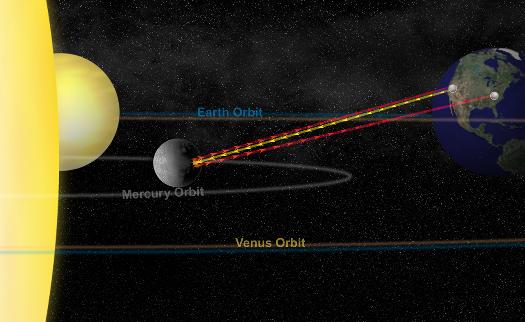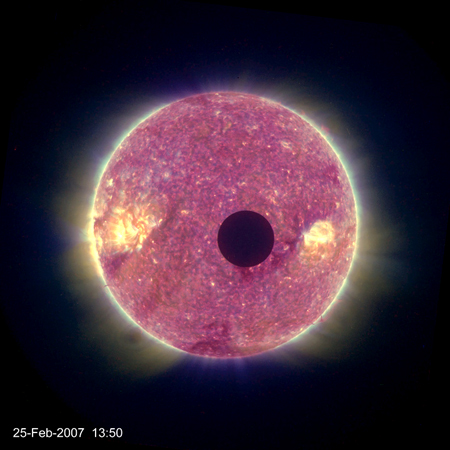
Today’s image comes from a press release telling us that “Optoelectronic Tweezers Push Nanowires Around” (whether we like it or not, I suppose).
I’m minutes away from attending a symposium here in Edmonton, Alberta, so this will have to be brief. But I was struck, the moment I saw the above image, that I felt as though I knew what was going on. It’s analogous to a board game in which pieces are moved along a path; the thing is, it’s probably even more analogous to the cartoons used to describe a charge-coupled device (CCD), with which I’m all too familiar.
So my question is how familiar this iconography would be to somebody unfamiliar with computers and CCDs and such. Does it immediately call to mind games of parcheesi and thus convey its message clearly and concisely? Or does it in fact communicate little or nothing? The caption explains that it’s an “image of an ‘optical conveyer belt’ in which particles can be trapped while moving under the influence of electric fields,” which is probably exactly the right amount of information to convey the essence of what’s happening (in spite of misspelling “conveyor”). But what kind of mental image is the reader left with?
I guess I feel as though I’m coming at the image with a lot of (possibly erroneous) information—about electronics, about how CCDs operate, which makes me read a certain amount into the image as it’s presented. I’m curious what someone without my background (or biases) sees in it.
Anyone care to offer their $0.02?









